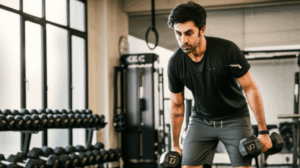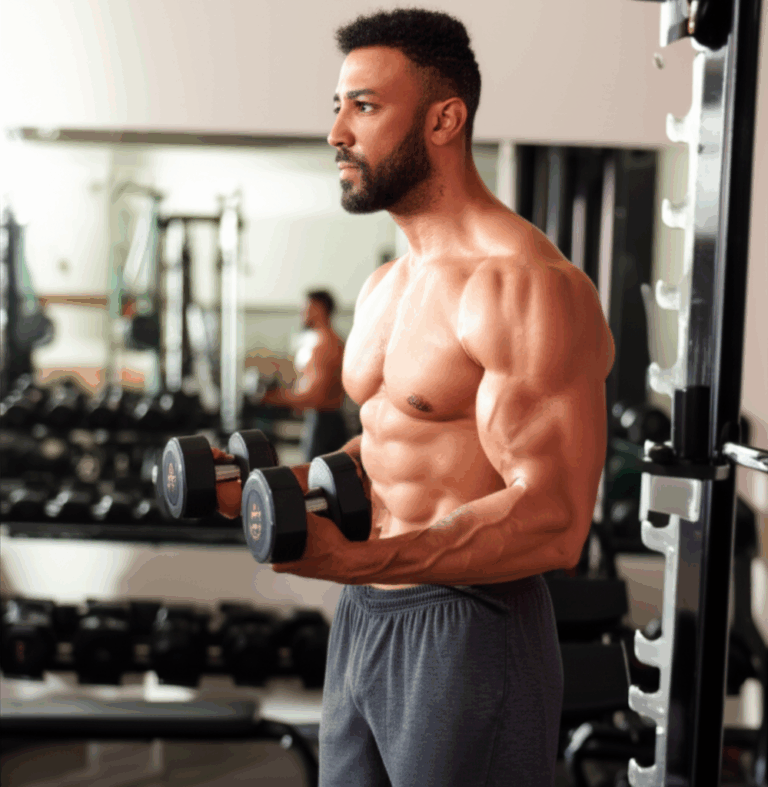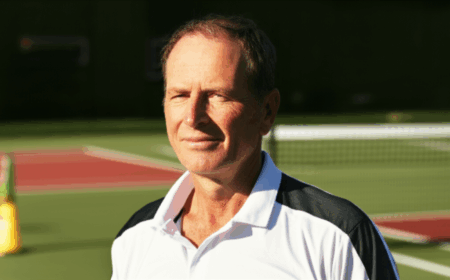For many, turning 60 might signal a slowing down, a time for gentle pursuits. But for an increasing number of inspiring individuals, it’s becoming a new prime for achieving incredible physical feats, proving that age truly is just a number when it comes to building muscle and competing at an elite level. What drives this transformation, and what specific strategies empower older adults to defy conventional expectations and sculpt championship-worthy physiques?
Becoming a bodybuilding champion at 60, much like Frances McLeod’s remarkable journey, isn’t about luck; it’s about a disciplined, strategic approach to fitness and lifestyle that focuses on smart training, precise nutrition, and diligent recovery. The key lies in understanding how the body changes with age and adapting one’s methods to optimize muscle growth and overall well-being.

The Catalyst for Change: Why 60 is the New Prime for Muscle Building
The decision to embark on a rigorous bodybuilding journey later in life often stems from a desire for significant change and a realization that physical stagnation doesn’t have to be an inevitable part of aging. For Frances McLeod, the onset of menopause and a feeling of being uninspired in her routine at 57 served as the impetus to commit to muscle building. This shift is backed by scientific understanding: while muscle loss (sarcopenia) is a common part of aging, research shows that older adults can significantly improve muscle tone, strength, and function regardless of when they start resistance training. It’s never too late to reverse or slow down age-related muscle decline.
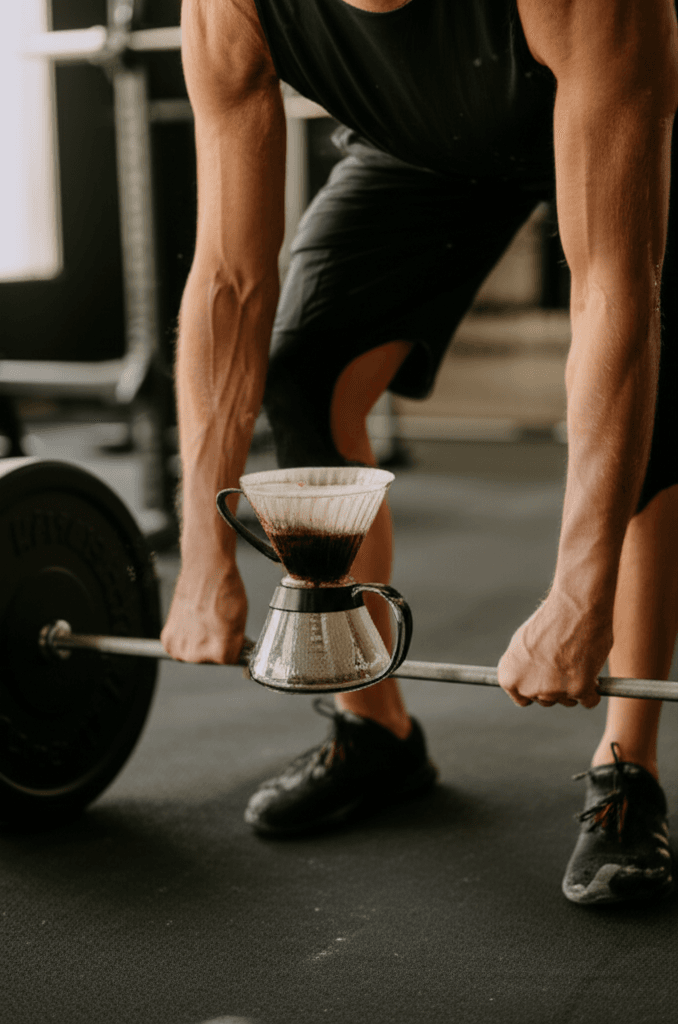
Fitness Hack 1: Strategic Strength Training & Progressive Overload
The cornerstone of any muscle-building endeavor, especially for those over 60, is a well-structured strength training program. This isn’t just about lifting weights; it’s about intelligent, progressive effort.
Embracing Compound Movements and Proper Form
Successful older bodybuilders often prioritize compound movements—exercises that work multiple muscle groups simultaneously, like squats, lunges, and rows. These exercises are highly efficient and effective for stimulating overall muscle growth and functional strength. Crucially, perfecting form is paramount to prevent injury, which can be more serious and require longer recovery times for older adults. Working with a qualified coach can be invaluable for learning correct technique and ensuring safety.
The Power of Progressive Overload
Progressive overload is the most critical principle for continuous muscle gain. It involves gradually increasing the stress placed on your muscles over time. For seniors, this doesn’t always mean lifting heavier weights. It can also include increasing repetitions, doing more sets, performing exercises for a longer duration, adjusting tempo (slower or faster), or decreasing rest periods between sets. The body adapts to the challenge it’s given; without increasing that challenge, progress will stall. A good rule of thumb for muscle growth in older adults is to aim for 2-3 sets of 8-15 repetitions per exercise, gradually increasing intensity by about 10% each week.
Mind-Muscle Connection
Actively focusing on the specific muscle being worked during an exercise, known as the “mind-muscle connection,” can significantly improve workout efficiency and muscle engagement. This intentional concentration ensures that the target muscles are doing the work, rather than relying on momentum or other muscle groups.

Fitness Hack 2: Dialing in Nutrition for Muscle Growth
Exercise breaks down muscle, but nutrition rebuilds it stronger. For older adults aiming to build muscle, a strategic approach to diet is non-negotiable.
Prioritizing Protein Intake
Protein is the building block of muscle, and older adults often require a higher intake to compensate for reduced efficiency in protein synthesis. Experts recommend consuming approximately 0.55 to 1.0 grams of protein per pound of body weight per day (1.2-2.2 grams per kilogram) to preserve and promote muscle protein synthesis, particularly for those looking to gain muscle. Distributing protein intake relatively evenly across at least three meals throughout the day is beneficial.
Excellent sources of lean protein include:
- Lean meats like chicken, turkey, and lean beef.
- Fish, especially fatty varieties like salmon, which also provide omega-3 fatty acids for muscle health and reduced inflammation.
- Eggs, a high-quality protein source rich in leucine, an amino acid crucial for muscle protein synthesis.
- Dairy products such as Greek yogurt, milk, and cottage cheese.
- Plant-based options like beans, lentils, tofu, and quinoa.
Fueling with Complex Carbohydrates and Healthy Fats
While protein is vital, carbohydrates are the body’s preferred energy source, essential for fueling workouts and muscle growth. Whole grains like quinoa, oats, and brown rice provide sustained energy. Healthy fats, found in avocados, olive oil, and nuts, are important for hormone production and overall cell function, supporting muscle growth by maintaining bodily balance.
Strategic Supplementation
Certain supplements can complement a balanced diet to support muscle growth. Whey protein powder is a popular choice for older adults to help meet daily protein goals, especially when dietary intake alone is challenging. Creatine monohydrate is another well-researched supplement known to increase muscle strength and mass when combined with resistance training. However, always consult with a healthcare provider or registered dietitian before introducing any new supplements.
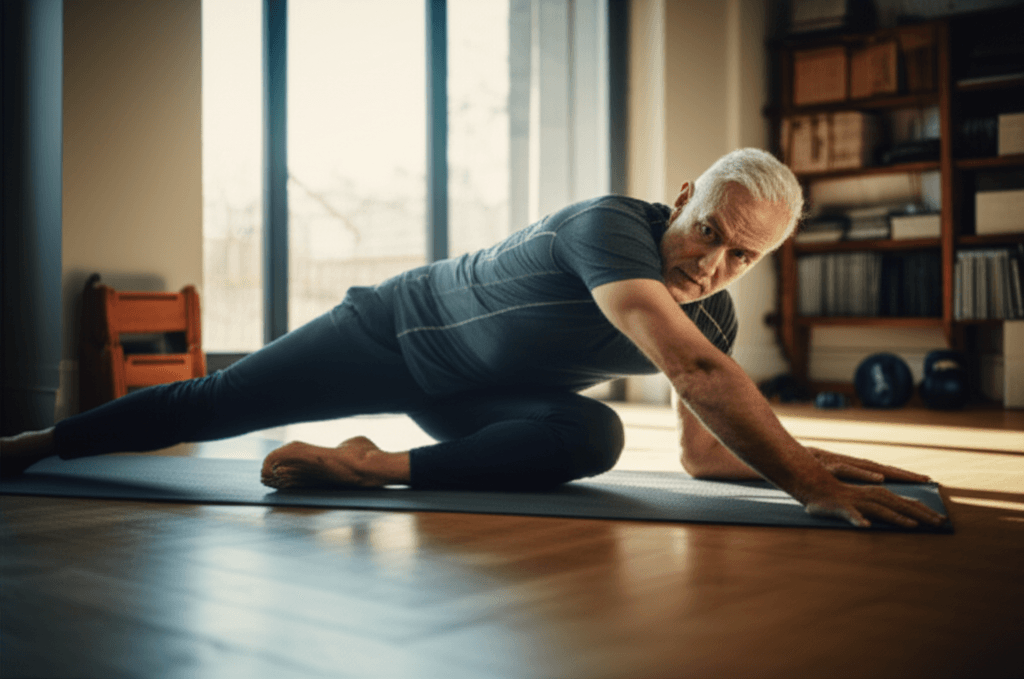
Fitness Hack 3: Prioritizing Recovery and Active Rest
Muscles grow and repair during rest, not during the workout itself. For older adults, adequate recovery becomes even more crucial.
Ample Sleep and Strategic Rest Days
Aim for 7-9 hours of quality sleep per night to support overall health, muscle growth, and recovery. Additionally, resting one full day between exercising specific muscle groups is recommended to allow for repair and adaptation. Older adults may require more time to recover than younger individuals.
Active Recovery and Other Modalities
Incorporating active recovery, such as light exercise like walking, gentle stretching, or low-intensity cardio, can help reduce muscle soreness and promote blood flow to aid repair. Frances McLeod also utilized massages and red light therapy to reduce muscle soreness. Listening to your body and not pushing through pain is essential to prevent injury.
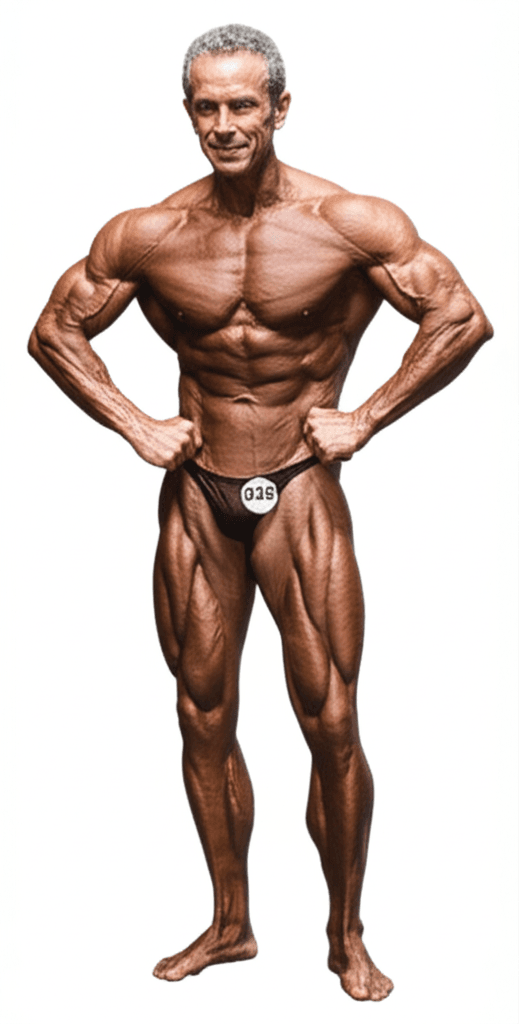
Fitness Hack 4: Consistency, Mentorship, and Mindset
Beyond the physical aspects, mental resilience and consistent effort are paramount.
The Power of Consistency
Bodybuilding is a lifestyle, not a temporary endeavor. Consistent adherence to training and nutrition plans, day in and day out, yields results. Even short, consistent workouts are better than nothing at all.
Seeking Accountability and Expert Guidance
For many, a coach or trainer provides essential accountability, guidance on proper form, and personalized programming, which is especially beneficial when starting a new fitness journey later in life. A trainer can help navigate exercises safely and effectively.
Embracing the “Never Too Late” Mentality
One of the biggest hurdles can be the belief that it’s too late to make significant changes. Inspiring figures like “Granny Guns,” a 68-year-old bodybuilder with millions of followers, shatter this stereotype, emphasizing that anyone can start small, lift light, and build up. The mental challenge of believing in one’s capability is often as significant as the physical one.
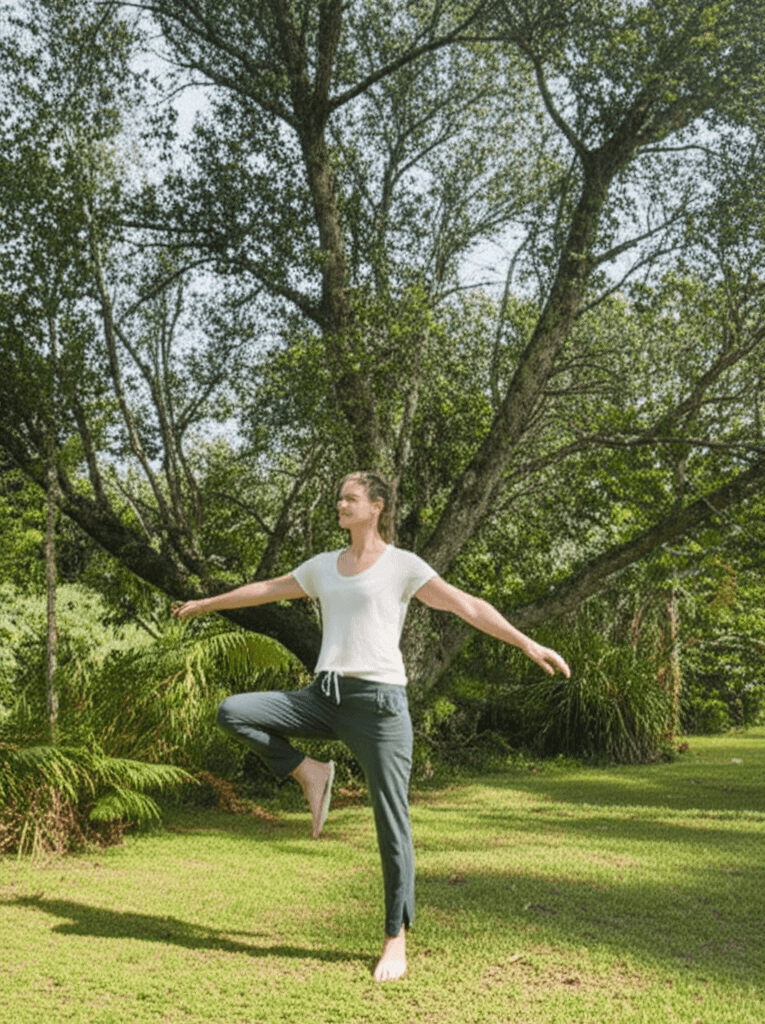
Beyond the Gym: Holistic Well-being
Optimal muscle building and overall health at any age also depend on foundational lifestyle habits.
Hydration
Drinking enough water is critical for muscle function, reducing cramps, and supporting overall health. Aim for at least six to eight glasses of water daily, especially before, during, and after workouts.
Cardiovascular Health
While strength training builds muscle, incorporating cardiovascular activity is vital for heart health, metabolism, and efficient recovery. Even 10 minutes of continuous cardio two to three times per week can make a difference.
Consulting Healthcare Professionals
Before starting any new exercise or nutrition program, especially if you have chronic conditions or are over 40 and haven’t been active recently, consulting with a doctor or physical therapist is strongly recommended. This ensures your plan is safe and tailored to your individual health needs.
Becoming a bodybuilding champion at 60 is a testament to the body’s incredible adaptability and the power of human determination. By applying these fitness hacks—strategic strength training with progressive overload, precise nutrition, prioritizing recovery, and cultivating a resilient mindset—anyone can unlock their potential and achieve extraordinary physical goals, proving that age is truly just a number.


